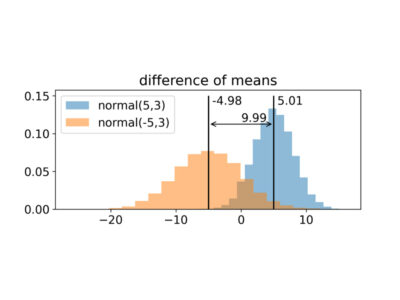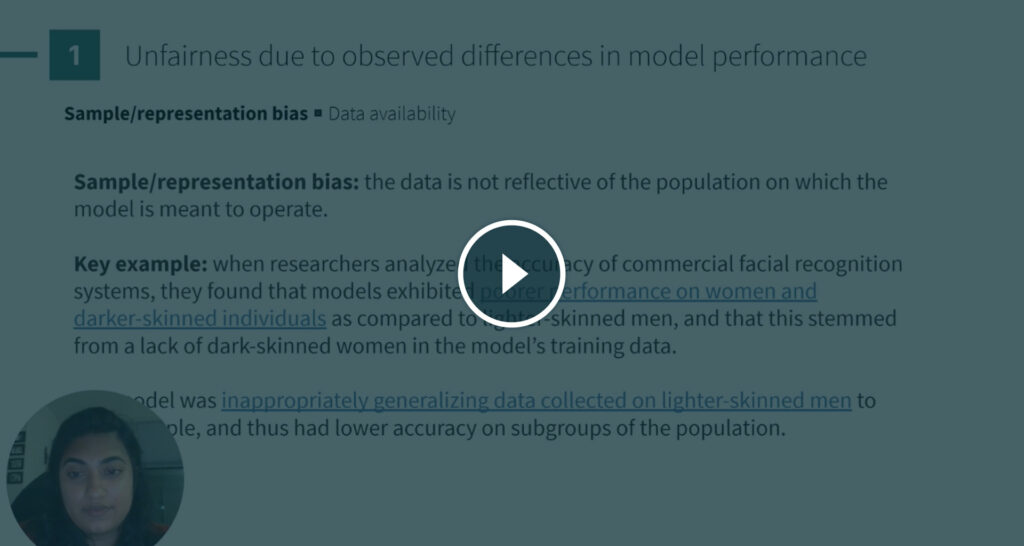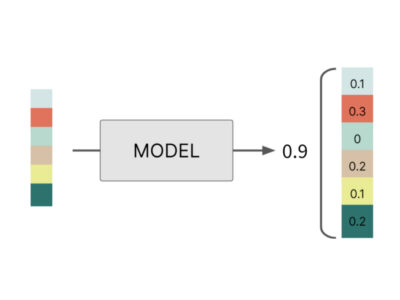AI Quality Education
Mastering AI Quality is key to driving real, sustainable value with AI. Here are some fundamental materials on understanding AI Quality in depth.
AI Quality is based on measurable metrics and covers four key categories: model performance, societal impact, operational compatibility, and data quality.
Explainability is a key capability that allows you to measure, analyze, and improve AI Quality.
Overview of AI Quality



Model Performance
Model performance entails the observable attributes of business value and risk, such as model accuracy, stability, conceptual soundness, and robustness.

Hands-on Tutorials
Societal impact concerns the observable attributes of societal value and risk, such as fairness, transparency, privacy, and security.

Societal Impact
Societal impact concerns the observable attributes of societal value and risk, such as fairness, transparency, privacy, and security.
Videos on fairness in machine learning
Blog posts on fairness

Operational Compatibility
Operational compatibility includes those attributes that enable humans to work more effectively with the AI system, and for the AI system to work with other systems in a larger process to achieve a business goal. This includes things like explanations of the model function, documentation, and collaborative capabilities.

Data Quality
Data quality includes the attributes of a dataset used to build and test models that impact model fitness, including missing data, and data representativeness, as well as quality of production data.
Explainability is key to analyzing AI Quality metrics
Explainability is the ability to accurately characterize a model’s function. Explainability is key for operational compatibility in decision-systems involving humans and as a building block for root cause analysis of performance and fairness (societal) problems, often tracing these problems back to data quality issues.













